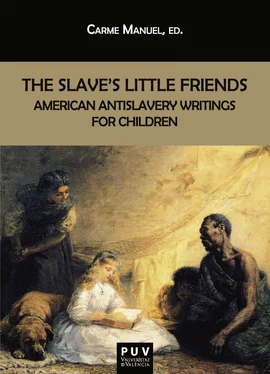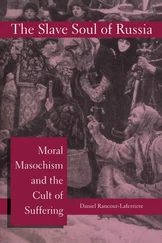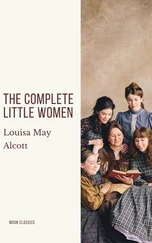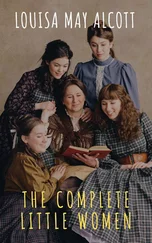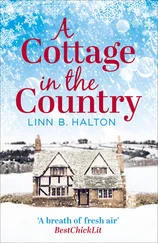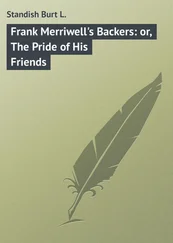1 ...7 8 9 11 12 13 ...29 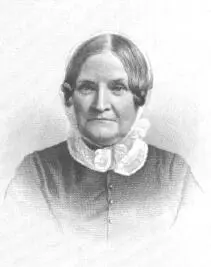
In 1826, in Boston, Child founded The Juvenile Miscellany , a bimonthly magazine for children, and edited it until 1834. This publication was one among many other companions, magazines and books, which “signaled the beginning of an impressive campaign of informal indoctrination of young Americans” (Crandall 3). The Juvenile Miscellany was sponsored by a cultural establishment that “conceived of children’s literature as a buttress for the dominant society’s hierarchies of race, class, and gender—not as a site for challenging them” (Karcher 1994: 57). Yet, Child would change to more radical ideas at the end of the 1820s. Firstly, she came to reject the idea that slavery “could not be abolished unless blacks were expatriated en masse—a pillar of Colonizationist doctrine” (Karcher 1994: 157), and secondly, and after her meeting with William Garrison in June 1830, she began to espouse radical abolitionist ideas and promoted emancipation. Karcher adds that “[f]rom September 1830 on, nearly every issue of the Miscellany carried some reference to slavery, be it a story, an article, an anecdote, a bit of information tucked away in an unlikely context. Many of the facts and arguments Child amassed for her juvenile readers would reappear in her 1833 Appeal in Favor of That Class of Americans Called Africans , often repeated verbatim” (1994: 158). This text brought social condemnation upon her, as well as literary decline, since it caused the subscription to The Juvenile Miscellany to drop dramatically, and she was forced to leave her editorial work.
“ JUMBO AND ZAIREE” (January 1831) is a tale against the evils of colonization. It describes the many cruelties of the slave trade and the injustices suffered by Africans as a consequence of American “stealers of people.” The story tells about an Englishman, Mr. Harris, a castaway on the shores of an African village. Jumbo and Zairee’s parents, the king and queen of the tribe, take care of him. When he is preparing his trip back home to England, he offers to take the children to grant them an education, but they end up being kidnapped by other white men and put on board an American slave ship bound for the coasts of the United States. The narrator describes the terrors of the Middle Passage and addresses readers declaring that “Americans did this.” Their father is also enslaved. Jumbo and Zairee are bought together by a Savannah planter, in Georgia. Child adds a note in the text on the wickedness of some planters, and declares that the important thing is that “the principle is wrong, even if there are nine hundred and ninety nine good masters out of a thousand.” Thus, she redirects attention to the evil of the institution, and not to Southerners. Direct addresses to readers are common in abolitionist writings for children as authors desperately try to hammer home their rage against the violations of humanitarian principles and the flagrant contradictions between American republican principles and the practice of slavery. The story continues to discover that Mr. Harris, now a slaveholder who tries to show his gratitude to “the negroes by being a kind master,” turns out to be living in the vicinity. He buys the children and their father, emancipates them and sends them home to their mother and wife in Africa. He recognizes, though, that his attitude is insufficient and voices his repudiation of a system that destroys the sacrosanct links that cement the Christian institution of the family. The story closes with the Africans thanking the generosity of Mr. Harris and a demand for the immediate abolition of slavery and the recognition of racial equality.
For Robyn Russo (68), Child depicts “African culture as worthy and intelligent,” and “holds that all humans, both black and white, come from the same God,” an idea that teaches monogenesis in contrast to the theory of polygenesis upheld by slavery apologists. For Child, “[w]hat is wrong in the eyes of God, cannot be made right by man.” Her argument, thus, even if presented through a children’s story, is “potent” (68), since it demands the immediate abolition of slavery, regardless of the benevolent forms the institution could present at the hands of humanitarian masters.
“ MARY FRENCH AND SUSAN EASTON” (May-June 1834) also appeared in Juvenile Miscellany . The tale tells the story of two girls, one white (Mary) and the other black (Susan) living in what Sanchez-Eppler calls “an idyllic world of interracial domesticity,” until they are both kidnapped and sold into slavery by an unscrupulous slave dealer who disguises and blackens Mary’s skin to sell her as a slave. Child brings home the idea that race is not a biological trait but that it can be artificially constructed, that any white child runs the same risks as a black child. Mary and Susan undergo the terror of being separated from their parents and being treated as commodities. They are also separated from each other, and Mary’s whiteness is discovered by a slave woman. Her father, who had started a desperate search for her, succeeds in finding her. By contrast, Susan’s fate is tragic since her parents do not have the means to track her down and she is finally lost to her family. The story ends with a note raising the consciousness of its child readers: “She is no doubt a slave, compelled to labor without receiving any wages for her hard work, and whipped whenever she dares to say that she has a right to be free. Yet, the only difference between Mary French and Susan Eaton is that the black color could be rubbed off Mary’s skin, while from Susan’s it could not!”
Robyn Russo thinks that Lydia Maria Child could express her controversial ideas about slavery and race in stories for children without social repercussion because juvenile literature “became a vital space in which women voiced resistance to dominant pro-slavery and racist views without jeopardizing their position as a ‘true woman’ within nineteenth-century gender ideals.” The genre of children’s literature cultivated by women, as “domestic abolitionists” was under much less scrutiny since it seemed to defend orthodox social ideas of sentimental writing “with its focus on emotions (particularly, sympathy) and family life (particularly, the mother and her children)” (68). Yet, Child and other abolitionist authors of literature for children were in fact placing Trojan horses right in the center of the American home.
In 1833, sixty abolitionist leaders from ten states met in Philadelphia and founded the American Anti-Slavery Society, a national organization to bring about the immediate emancipation of all slaves. The society adopted a constitution, which was drafted by radical abolitionist William Lloyd Garrison. The elected members were adamant in their struggles to work for emancipation through non-violent actions. These strategies of “moral suasion” would materialize in public lectures, publications, boycotts of cotton and sugar as slave-manufactured products, and many other acts of civil disobedience. As part and parcel of these activities calling for the abolition of slavery and publicizing antislavery politics, in 1836 the American Anti-Slavery Society started to publish the THE SLAVE’S FRIEND, the first radical abolitionist monthly magazine for children edited by Lewis Tappan at 143 Nassau Street in New York City. The magazine, which ran until 1839, included a wide range of social poetry, stories and articles. As it was targeted at children, its 16 pages were adapted to fit the size of little children’s hands. Its issues cost one cent, a cheap price to make it affordable to as many readers as possible. The aims of The Slave’s Friend tied up with the radical abolitionist ethos of its founders and their conviction that young readers had to be awakened to the urgency of abolition through empathy for the enslaved Americans.
Читать дальше
